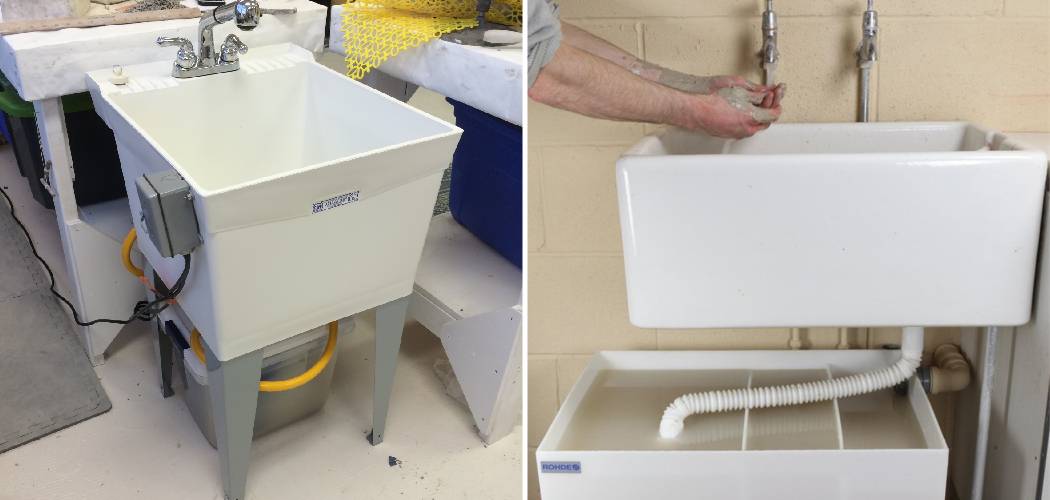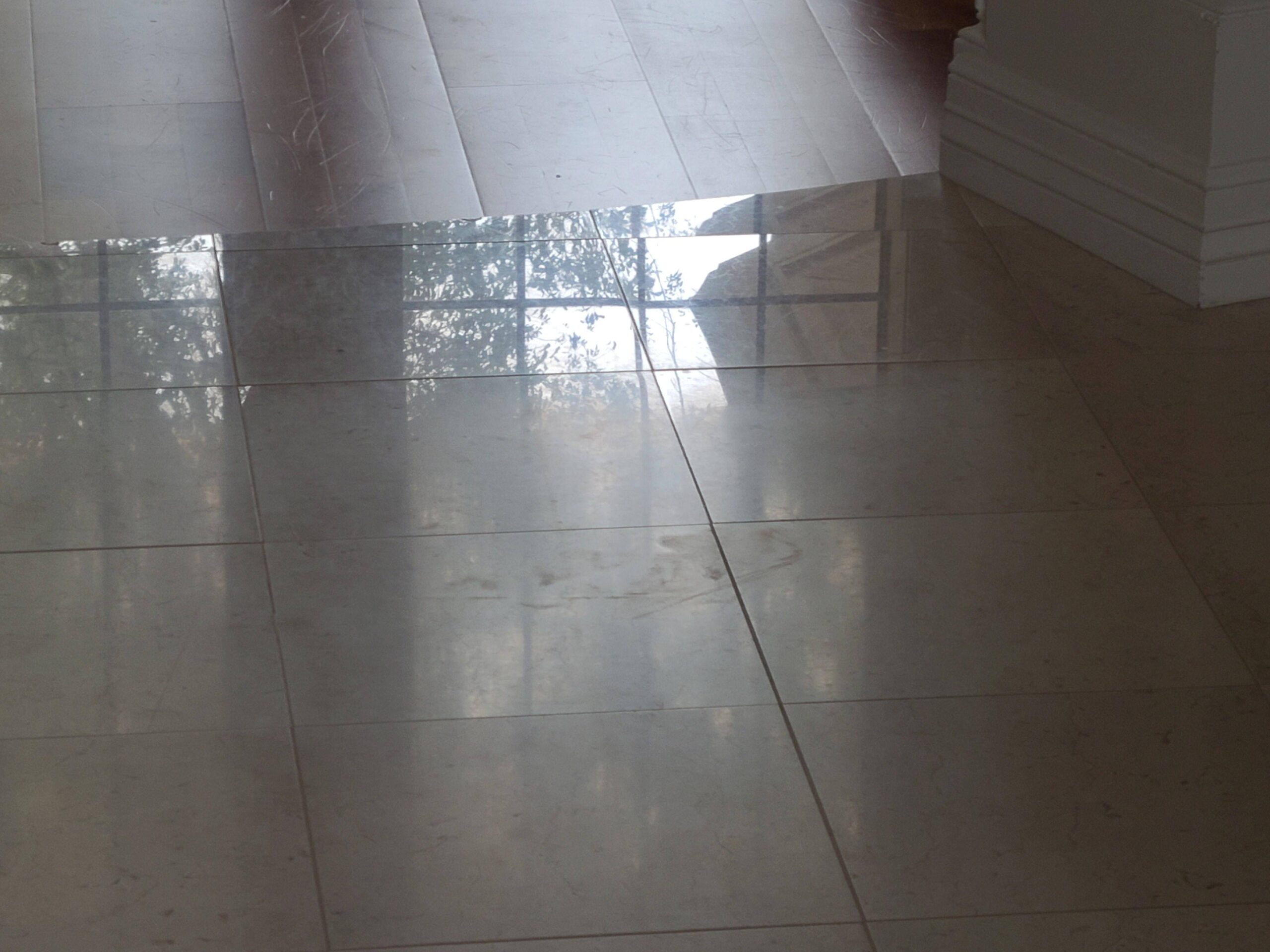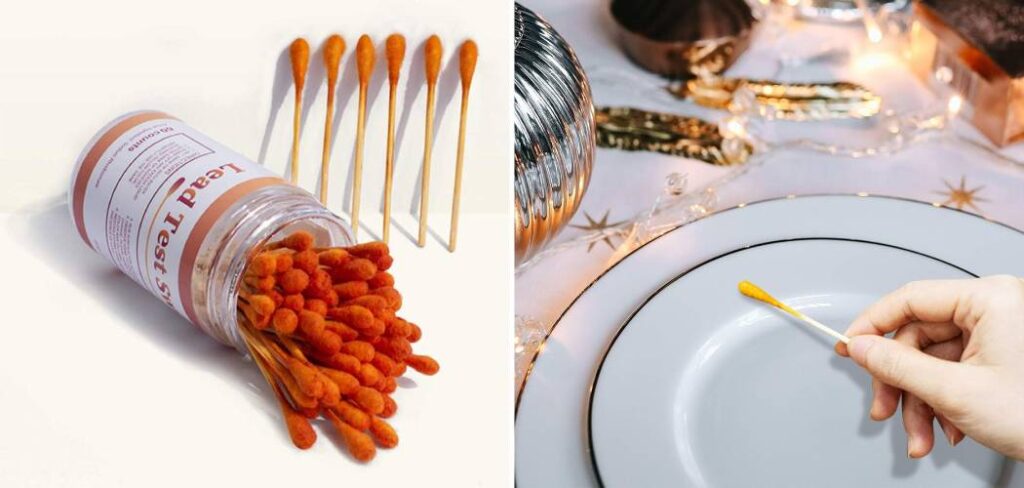Preserving the beauty and structural integrity of glazed ceramic pots during the winter months requires thoughtful care to prevent the risk of cracking. As temperatures drop, the expansion and contraction of moisture within the ceramic material can lead to unsightly and damaging fissures. In this article, we will explore essential tips on how to keep glazed ceramic pots from cracking in winter.
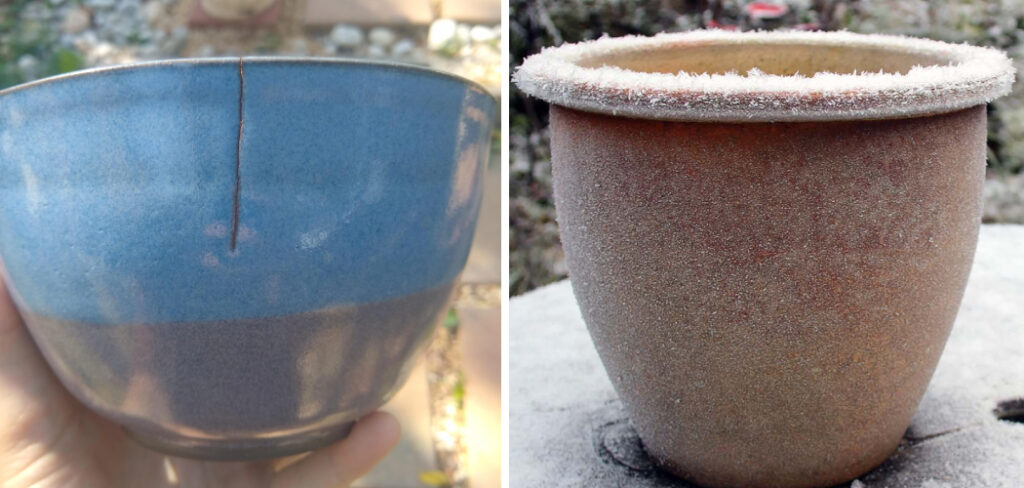
From strategic placement and insulation to choosing the right plants and employing protective coverings, these methods aim to shield your ceramic treasures from the harsh effects of cold weather. By implementing these preventive measures, you can ensure that your glazed ceramic pots not only endure the winter season unscathed but also continue to enhance your outdoor space with their vibrant colors and artistic appeal.
Table of Contents
Potential Causes of Cracking During Winter
One of the primary culprits behind cracking in glazed ceramic pots is the freeze-thaw cycle. Water that seeps into the clay body expands when it freezes, exerting pressure that can result in cracking. Poor drainage can exacerbate this issue, as standing water in the pot’s base will likely freeze.
Additionally, the quality of the ceramic and the glaze itself can also impact susceptibility to cracks. Pots fired at lower temperatures might not be as durable, and an improper glaze application can weaken the structure. Environmental factors, such as exposure to the severe cold, desiccating winds, or even the salt used for melting snow, can also contribute to pot damage during winter months.
Strategies to Protect Glazed Ceramic Pots in Winter
The key to safeguarding ceramic pots from winter’s fierce conditions lies in proper preparation and ongoing maintenance. Firstly, it’s advisable to empty pots of soil and plant remnants before the onset of freezing temperatures. Soil retains moisture and can expand when frozen, putting unnecessary stress on the pot walls.
For pots too large to empty, consider lifting them off the ground using pot feet or bricks to improve drainage and reduce the contact with the cold ground surface. Meanwhile, wrapping the pots with insulating materials like burlap or bubble wrap can significantly minimize the risk of temperature-induced stress. Another effective strategy is to apply a high-quality sealer that’s apt for outdoor ceramic materials.
This sealer can help in reducing the absorption of moisture. It’s also critical to relocate the pots to a sheltered area, reducing exposure to the elements, or, if possible, moving them indoors to a garage or shed. By following these strategies, your glazed ceramic pots are more likely to withstand winter’s chill and thrive for many seasons to come.
Choosing Suitable Potting Materials
When prepping your glazed ceramic pots for winter, selecting the right potting materials can be just as crucial as the protective strategies employed. It’s recommended to use a well-draining potting mix that minimizes water retention, thus reducing the likelihood of freezing and expansion within the pot.
Materials such as perlite, vermiculite, or sand mixed into the soil can enhance drainage and prevent waterlog. Additionally, consider the type of plants you’re housing; some species are more resilient to cold and can survive with less intervention. Always opt for potting materials and plants compatible with each other and your local climate to reduce stress on the pots during winter months.
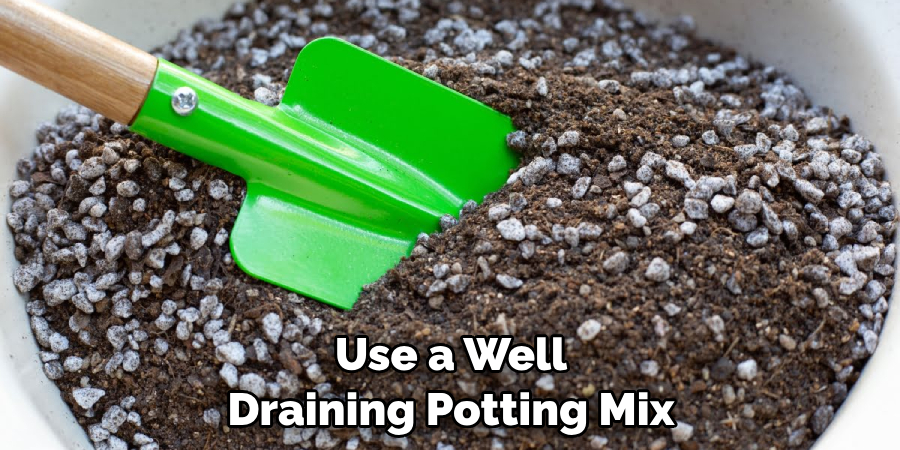
Importance of Glaze Thickness and Quality for Durability
The durability of glazed ceramic pots in wintery conditions is heavily influenced by the quality and application of the glaze. A high-quality glaze acts as an impervious layer that prevents water from penetrating the ceramic. When a glaze is too thin, it can underperform as a moisture barrier, while too thick a glaze may crack under the stress of freeze-thaw cycles.
It’s essential to choose pots with glazes that have been evenly applied and fired at the right temperature. Pots that have been glazed and fired at high temperatures are typically more resistant to the elements.
This vitrification process turns the pot into a dense, glass-like material that is less porous and more resilient against moisture infiltration and subsequent freezing, greatly reducing the chance of cracking. When purchasing glazed ceramic pots, always inquire about the firing temperature and quality of the glaze used, as these factors significantly contribute to the longevity of the pots in harsh winter conditions.
10 Methods How to Keep Glazed Ceramic Pots from Cracking in Winter
1. Strategic Placement:
Begin by strategically placing your glazed ceramic pots in locations that offer some protection from harsh winter elements. Avoid exposing them to direct cold winds, and position them in areas with partial shade to minimize temperature extremes.
2. Elevate Pots:
Elevating your ceramic pots slightly off the ground can prevent them from sitting in pooled water, which can freeze and expand, exerting pressure on the pot. Use pot feet or small bricks to lift the pots and allow proper drainage.
3. Insulate with Mulch:
Provide insulation to the soil within the ceramic pots by adding a layer of mulch. This protective covering helps regulate soil temperature, preventing rapid freezing and thawing cycles that contribute to the risk of cracking.
4. Watering Strategies:
Adjust your watering routine during the winter months. While it’s essential to keep the soil from becoming bone dry, excess water in the pot can freeze and cause damage. Water the plants sparingly, ensuring the soil is moist but not saturated.
5. Choose Frost-Resistant Plants:
Opt for plants that are more resilient to frost and cold temperatures. Frost-resistant plants are less likely to experience the expansion and contraction that can lead to pot cracking. Research and choose species suitable for your climate.
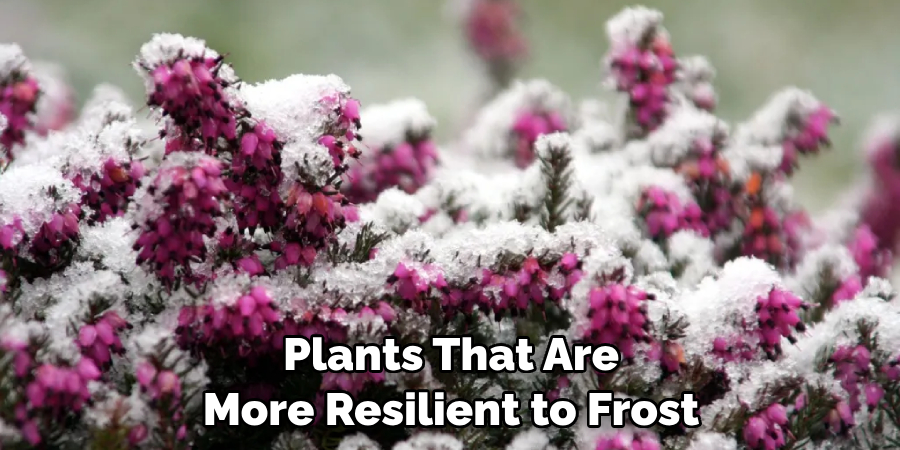
6. Rotate Pot Locations:
Periodically rotate the positions of your ceramic pots to ensure even exposure to sunlight and temperature changes. This practice prevents one side of the pot from consistently facing the brunt of harsh weather conditions.
7. Wrap Pots in Bubble Wrap:
Insulate your ceramic pots by wrapping them in bubble wrap. This protective layer adds an extra barrier against extreme temperatures and helps maintain a more stable environment for the pots.
8. Use Pot Cozies:
Invest in pot cozies or insulated covers designed for outdoor planters. These covers act as thermal blankets, shielding the pots from temperature fluctuations and providing an additional layer of protection against frost.
9. Apply a Sealant:
Consider applying a sealant or waterproofing agent to the exterior of your glazed ceramic pots. This helps reduce water absorption, minimizing the risk of moisture-induced cracking during freezing temperatures.
10. Bring Indoors or Shelter:
When extreme cold weather is forecasted, the most effective measure is to bring your glazed ceramic pots indoors or place them in a sheltered location, such as a garage or shed. This ensures complete protection from the harshest winter conditions.
Avoiding Sudden Temperature Changes
Sudden fluctuations in temperature can be particularly damaging to glazed ceramic pots, causing rapid expansion and contraction that may lead to cracks and splits. To mitigate this risk, it’s important to transition your pots gradually as seasons change. Moving pots from a warm to a cold environment—or vice versa—should be done incrementally, allowing the pots and plants to acclimate to the temperature shift.
It’s also beneficial to monitor weather forecasts and provide protection before the arrival of sudden cold snaps or heat waves. By anticipating these changes and adjusting your pots’ environment accordingly, you can preserve the integrity and beauty of your glazed ceramics through the challenges of each season.
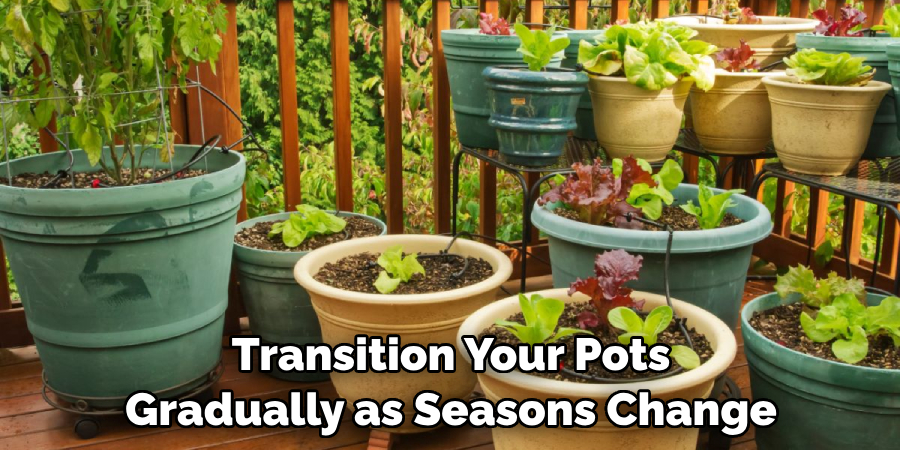
Regular Maintenance and Inspection
Regular maintenance and inspection are key to prolonging the life of glazed ceramic pots during the colder months. Make it a habit to periodically check pots for any signs of damage, such as small cracks or chips, as these can become starting points for further damage when temperatures drop. It’s also wise to clean pots regularly, removing dirt, algae, or salts that can compromise the integrity of the glaze.
Before winter sets in, ensure that the drainage holes are clear to prevent waterlogging. Implementing a routine for care and inspection can significantly reduce the likelihood of your pots succumbing to the harsh winter environment.
Checking Pots for Signs of Damage or Weakness Before Winter
Inspecting your glazed ceramic pots for any pre-existing defects is crucial before the onset of winter. Look for any hairline cracks, crazing, or chips that could be exacerbated by the cold. Any damage, however small, can become a significant weakness once temperatures drop, as water can seep in and expand when it freezes. It is especially important to check the pot’s base and sides — areas that typically bear the most stress. If any issues are found, it is better to repair them in advance or, if necessary, retire the pot from use during freeze-thaw conditions to prevent further deterioration.
Storing Pots Properly in Off-Season
When the growing season comes to an end, proper storage of glazed ceramic pots can make a significant difference in their longevity. Begin by thoroughly cleaning the pots, removing any soil, plant matter, or debris. Once clean, let them dry completely to prevent moisture from causing issues during storage. Stacking the pots upside down can prevent water accumulation and allow air circulation, reducing the risk of mold or mildew.
Preferably, store the pots in a dry, frost-free environment such as a basement, garage, or garden shed. If outdoor storage is the only option, cover the pots with waterproof covers to protect them from rain and snow, ensuring they are raised off the ground to prevent freezing from below. Proper off-season care prevents stress and prepares your glazed ceramics for another year of beautiful and functional plant display.
Conclusion
In conclusion, safeguarding glazed ceramic pots from cracking during winter requires proactive measures and careful attention to their maintenance. By implementing the strategies outlined, gardeners can mitigate the risks associated with cold temperatures and frost.
Choosing durable ceramic pots designed for outdoor use, ensuring proper drainage, and protecting pots from extreme temperatures are essential steps in preserving their integrity. Additionally, avoiding sudden temperature changes and regular inspection for damage help to prevent cracks from forming. Hopefully, this article gave you some helpful tips about how to keep glazed ceramic pots from cracking in winter successfully, so now that you have the proper knowledge on how to get the job done, why not give it a try today?
